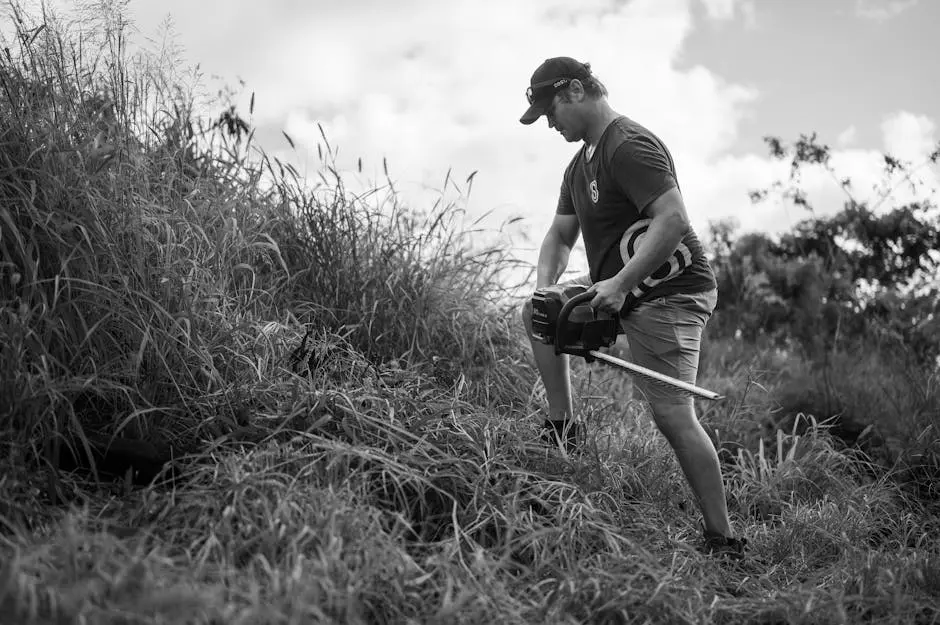How to Care for Your Work Boots Men: Maintenance Made Easy
Share
Work boots are an essential part of your gear if you are one of the many hardworking men who rely on their durability and protection. However, to get the most out of your work boots and extend their lifespan, proper care and maintenance are essential. In this guide, I’ll take you through a simple yet effective strategy to keep your work boots in top-notch condition.
Understanding Your Work Boots: Materials and Construction
Before diving into maintenance, it’s crucial to understand the materials and construction of your work boots. Knowing whether they are made from leather, synthetic materials, or a combination helps determine the right care techniques.
Work boots are crafted using a variety of materials, each with its pros and cons. Leather, for instance, is known for its durability and breathability, but it requires more frequent care to maintain its look and integrity. On the other hand, synthetic materials might offer more protection against certain elements but can be less breathable. Understanding these differences not only guides you in choosing the right products but also affects how you wear and store them. Knowing that leather can contract and expand with humidity levels means a different care strategy than for synthetic materials, which might be more water-resistant but also prone to developing creases and becoming brittle over time.
When selecting your work boots, consider the construction as much as the material. Goodyear welted boots, for example, are known for their resilience and are often easier to resole, thus beneficial for long-term use. On the contrary, cement construction might offer a lightweight option but could wear out faster when exposed to challenging work conditions daily. Having a clear understanding of these aspects helps with executing the best care practices, tailored to ensure that each pair offers its peak performance for the longest time possible.
Regular Cleaning: The First Step to Longevity
Cleaning your work boots regularly removes dirt, grime, and stains that can degrade materials over time. I’ll share simple methods to clean your boots without requiring specialized products.
Start with the basics: a soft brush, some mild soap, and water. These are all you need to effectively clean most work boots. Brushes with soft-bristles will be gentle on the leather or fabric, helping to dislodge dirt and grime without scratching the material. Lather up some soap in a small bowl and mix it with a bit of water until it’s sudsy; then, gently scrub the exterior of the boots. For leather boots, be extra careful not to soak them completely, as too much water can distort the shape and cause the leather to crack over time.
For the interior, a simple vacuum cleaner with a brush attachment can remove any debris or lint that accumulates over time. A clean interior ensures that your feet stay comfortable and reduces the chance of odor. High tops and ankle boots especially benefit from interior cleaning, as dirt in crevices can substantially reduce comfort over time. Allow your boots to air dry naturally, avoiding direct sunlight as it may fade colors and cause drying and cracking for leather surfaces. Keeping these practices in mind ensures the longevity of your boots through a reliable cleaning routine.
Conditioning for Leather Boots
Leather boots need conditioning to stay supple and crack-free. Discover how to select the right conditioner and apply it the right way to your boots for maximum benefit.
The key to healthy leather boots lies in conditioning, a process that restores moisture lost through wear and exposure to the elements. When choosing a conditioner, opt for one that complements the natural oils inherent in leather. Avoid heavy, wax-based products for delicate leathers, as these can lead to a dull appearance over time. Instead, look for balm or cream conditioners that penetrate the surface layers to rejuvenate the leather from within.
Applying the conditioner should be straightforward and simple. First, ensure the boots are clean and dry to assist with even absorption. Using a soft cloth, apply a small amount of conditioner in a circular motion to evenly cover the surface of each boot. Be sure to target stress points such as the toe box and heel area where leather tends to bend and wrinkle with wear. Allow the conditioner to absorb fully before buffing the boots to a shine with a dry cloth, protecting the boots’ luster while sealing moisture in place. Proper conditioning keeps the leather flexible, helping to extend your boots’ longevity, and providing comfort in each step.
Waterproofing: Protecting Your Boots from the Elements
Wet boots can be uncomfortable and damaging. Learn how to choose and apply waterproofing treatments to keep your feet dry and your boots unharmed by water.
Waterproofing your boots is as crucial as conditioning, given how exposure to moisture can weaken material over time. Products such as waterproof sprays or waxes are designed to create a protective layer on the exterior of your boots, repelling water and sometimes even muddy substances. A good tip is to apply the waterproofing treatment on a dry day to let it set completely before the next use in wet conditions.
For leather boots, wax-based waterproofing agents often work best, while synthetics respond well to spray protectants designed for all-weather capabilities. Before applying, thoroughly clean your boots and let them dry completely. This ensures that the waterproofing product adheres effectively without trapping dirt between layers. Spray from a distance, moving evenly over the boots’ surface for uniform coverage. Give ample time for the spray or wax to dry before testing by briefly sprinkling water over the boots to observe any necessary reapplication. Not only does this protect against rain or water exposure, but it secures the materials against accidental spills or mud splashes as well.
Dealing with Odor: Fresh Feet, Fresh Boots
No one likes smelly boots. Here’s an easy process to eliminate odors and keep your boots smelling fresh, even after a long day’s work.
Tackling odor effectively can greatly enhance the comfort and hygiene of your work boots. Odor often results from the buildup of sweat and bacteria inside the boot, especially after extended periods of wear. A straightforward solution involves the use of baking soda, known for its odor-neutralizing properties. Simply sprinkle a small amount of baking soda directly inside the boots after use, and let it sit overnight to absorb unpleasant smells and moisture. By morning, you can shake off the powder, leaving the inside fresher and more pleasant.
In addition to absorbent powders, consider insole treatments like antibacterial spray or specially designed insoles that promote dryness and comfort. These treatments help minimize bacteria growth, which is the primary cause of odor. Furthermore, alternate between at least two pairs of boots if possible, giving each pair a day of rest to air out between uses. This not only reduces the chance of odor developing but extends the life of each pair by reducing wear and tear from daily consecutive use. Maintaining fresh feet and boots thus becomes an exercise in consistent, small steps leading to a large impact.
Storing Your Work Boots Properly
Proper storage can extend the life of your boots. I’ll outline the best storage practices to prevent damage when your boots are off duty.
Storing work boots correctly when they’re not in use is as important as cleaning and conditioning them. Direct sunlight can fade and dry out leather, whereas humid environments can foster mold and cause synthetic materials to become misshapen. The ideal storage space is cool, dry, and well-ventilated. For leather boots, consider using shoe trees, which help maintain their shape by absorbing moisture and reducing the formation of creases around stress areas.
For added protection, particularly if you will not wear the boots for an extended period, stuff them with acid-free tissue paper. This prevents them from losing shape and provides a moisture-resistant barrier. If you’ve treated boots with a conditioner or waterproofing agent, it grants further security when they’re packed for storage. Proper storage ensures your boots are ready for action whenever needed, without the hassle of dealing with unexpected damage or deterioration that results from poor care habits when boots are not in use.
Wrap Up: Keep Your Boots in Top Condition
Caring for your work boots doesn’t have to be a time-consuming task. By following these straightforward maintenance steps, you can ensure that your boots remain comfortable and durable for years to come. Remember, the better you treat your boots, the better they will protect and serve you in your daily work. For more information on how to select the best boots for your needs, visit our homepage.

